Having a detailed breakdown showing the actual amount of oxalate in different foods, fruits and drinks helps you stay sure of what to include in your diet and what to avoid if you’re battling oxalate sensitivity.
Nonetheless, being able to narrow even further by knowing the actual concentration of oxalic acid in a specific vegetable helps you know how often it is safe to use the food per week in your recipes.
This post explains into details, various low oxalate vegetables (rated in oxalate/100gm.)
The top 11 Low Oxalate Vegetables You can Consider to Use in Your Meals:
1. Cabbages
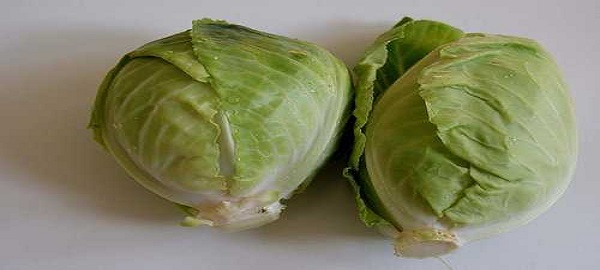
Source: canyoufreezethis.com
For the longest time, cabbage has become a favorite vegetable to dieters or people who want a limited supply of calorie in their body.
Different tests confirm cabbage as one of the very low oxalate green smoothies and friendly towards kidney stone patients. In fact, doctors recommend it to oxalate sensitive patients together with a mixture of other vegetables in a recipe.
With regard to other nutritional facts (per 100g,) green cabbage supply 25g energy, 1.28 protein, 5.8g carbohydrates 2.5g fiber and 36.6 vitamin C among others.
One study in the journal of Foods concludes that you can actually reduce oxalate levels in Kimchi, a Chinese cabbage by fermenting it. In the experiment the scientists managed to bring it down to 374.71 ± 7.94 mg/100 g from 609.32 ± 15.69. This means the fermented Kimchi became 72.3% less of the insoluble oxalate.
2. Cucumbers
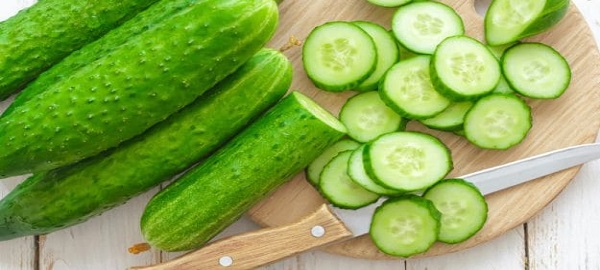
Source: NDTV food
Besides being super rich in vitamins, cucumbers are also low in oxalate content. The oxalic content in this vegetable varies between trace and 5mg depending on the method of preparation. When boiled, the oxalic acid content in cucumber goes down even further.
Most people use it to invoke a conditional taste to the food. Others use cucumber as a remedy to different conditions, top on that, doctors recommend it to cancer patients.
The stand-alone nutrients supplied by cucumber (per 100g) include: carbohydrates – 1.9g, protein 0.3g, 76.44mg potassium, 1% vitamin A ( DV) 2% vitamin C and 1mg sodium, among others.
One review article listed in the journal Hinyokika kiyo. Acta urologica Japonica in ResearchGate lists cucumber’s oxalate levels together with other foods in a pdf they published.
3.Cauliflower
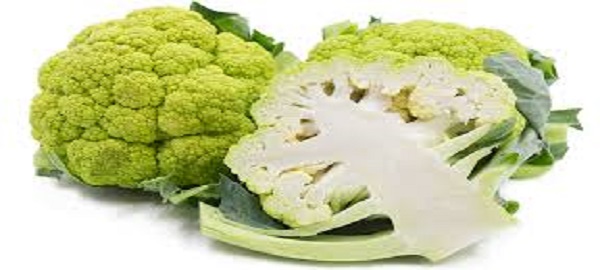
Source: Specialtyproduce.com
Other than the white color, cauliflower is more like cabbage in appearance, in fact, both come from the same family of vegetables. However, cauliflowers contain higher amounts of nutrients, but its oxalic acid content is low, the reason it is prioritized in the low oxalate vegetables’ list.
According to one detailed article featured at The University of Chicago’s website, Cauliflower is low in oxalate. In Nepal and India people use cauliflower as one of the main stable foods without fear of side effects – so it’s safe to eat it several times a week.
The other key nutrients in cauliflower (per 100g serving) include: Fiber -3g, Vitamin C -77% RDI, Vitamin K – 20% RDI, Vitamin B6 -11% RDI and Folate -14% RDI.
4. Endives
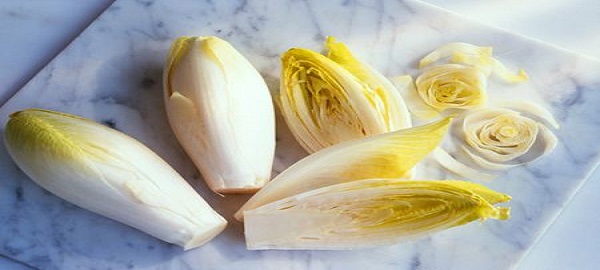
Source: thespruceeats.com
If you are after both a low oxalate and low-calorie vegetable then look no further because Endives is the best pick.
They are particularly popular for having numerous counts of vitamin and anti-inflammatory oxidants that are highly important when it comes to the proper digestion of the food.
Endives nutritional facts:- Vitamin A – 43% DV, Vitamin A, RAE – 108.0 mcg, Folate -142.0 mcg, Vitamin B6 – 0.020 mg, Vitamin E 0.44mg and Vitamin K 231.0 mcg.
5. Peas – is also listed with low oxalate vegetables
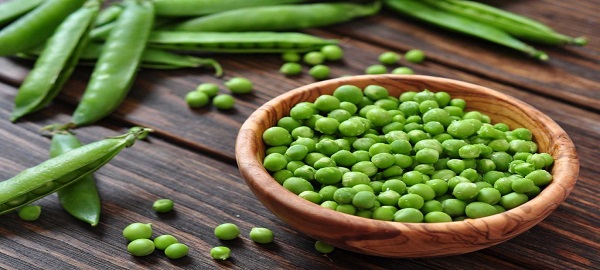
Source:mtfii.com
Peas appear as small greenish seeds (when still wet) and it’s easy to take them for a cereal food, but they are vegetables. They also fit quite perfectly in the low oxalate graph as they only contain 0.9mg of oxalic acid in 100mg.
Another plus with peas is that it is available in abundance all around the world and has numerous other health benefits. The Food Research International journal hints how it is possible to reduce oxalate content in lectins by soaking and cooking, this is may be applicable to peas as well, as it in the same food group.
From healing the digestion system to kidney problems, peas stand-alone as remedies. Other nutritional facts for peas(per 100g): protein – 8.6g, Vitamin C – 23mg, Vitamin A -1300IU, Calcium – 40mg and Iron 2.5mg.
6. Kale
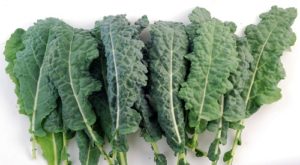
Source: 2.bp.blogspot.com
For kale, there has been a tough contention and debate on whether it is low in oxalic acid – and one reason is that, it mostly accompanies spinach on the same plate, as an ingredient.
You can also eat kales as a standalone vegetable. The doubt about oxalic acid in kale has been cleared by different researches. Top on that recent studies found it only contains 17 mg against 100 servings.
In the U.S. trending news now tag kale as the most nutritious vegetable. Its top three nutritional facts are said to be: Vitamin A – 133%, Calcium 10% Vitamin B6 – 10% and protein 2.9g (per 100g).
7. Mushrooms – are included in the low oxalate vegetables!
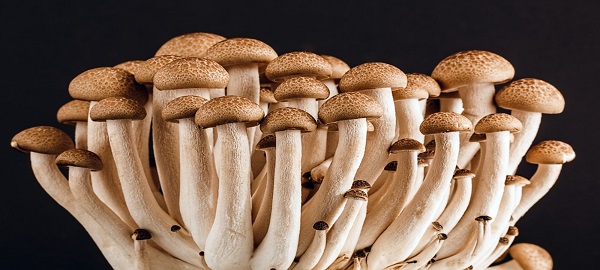
Source: healthymushrooms.info
Mushrooms occur naturally but can also be planted domestically as vegetables. In particular, a mushroom is the ‘umbrella’ you see and is the fruiting part of fungus growth.
Some people prefer umbrella part while other eat it with stems. Mushrooms fit very well in the low oxalate vegetables class of foods as they only contain traces of oxalic acid in them – as in they are low in the chemical both raw and cooked.
A handful of mushrooms would have a numerous content of antioxidants, which has properties of combating body inflammation.
Other nutritional facts behind mushrooms: it has 0.29 gm fat, 1.77 gm protein, 1.1gm dietary fiber, 3.25gm carbohydrate and 18 calories per (for 84gm portabella mushroom).
8. Water Chestnuts
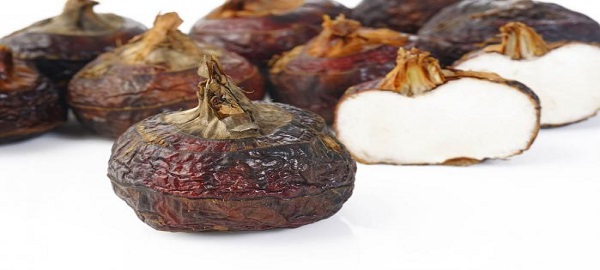
Source: garden.lovetoknow.com
People living in the U.S. mostly see water chestnuts in packed wrapping because it mostly grows in Asia, Africa, and Australia. The pack would read something like “whole water chestnuts,” sold as edible corns.
Aside from being a super low oxalate vegetable, chestnuts are recommended as liver and bladder remedies to people with kidney stones (or urinary tract issues) and certain liver complications. The times you can eat Water Chestnuts per week is also not capped to any number, if you like you can have it more than 4 times a week.
Other facts attached to chestnuts include: Manganese – 17% RDI, Vitamin B6 – 16% RDI, Potassium – 17% RDI and 2g protein, 3g Fiber and 23.g carbs.
9. Chives
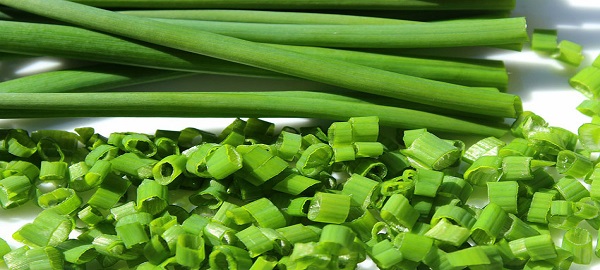
Source: escoffieronline
Chives fit very well in the list of low oxalate vegetables. However, the figures 1470 milligrams per 100g of the foods seem to state otherwise, but the thing is, chives are used in very small aggregates in recipes all together, and with other vegetables.
Researchers have established that chives are responsible for the production of enzymes that help our bodies fight against various diseases. However, they are known to provide a large number of calories per serving.
Chives other nutritional facts are: protein -3.27g, Carbohydrates – 4.35g, Fiber -2.5g, Vitamin A 145 RDI, Vitamin K 177% RDI, Vitamin E 1.5% RDI and more.
10. Kohlrabi
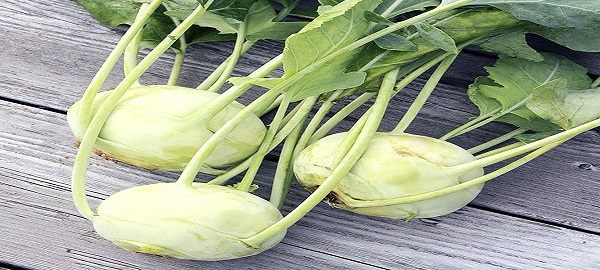
Source: highmowingseeds.com
Kohlrabi shares family with kale, cabbage, broccoli, and cauliflower. Scientifically, it is called a biennial vegetable and it is commonly eaten in Germany. You can decide to either kohlrabi raw or cooked or at both states since it is a low oxalate smoothie.
For your edibles, you have two options, you either go for its leaves or its stem. Nutrition facts for kohlrabi in 100g: has 8.4g carbohydrates, 4.9g fiber, 36 calories, 0g fat and 140% DV vitamin C.
11. Radishes
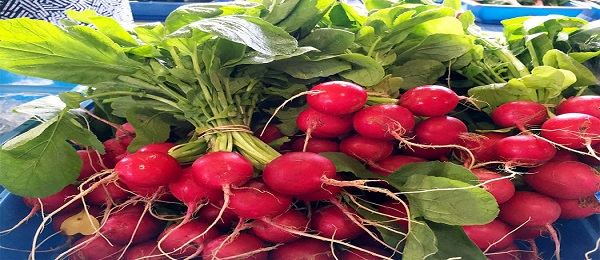
Source: thecurioscoconut.com
Radishes are popular in Europe and are said to belong to the Brassicaceae family of vegetables, and are very low in oxalic acid.
People like to take it as a salad. In appearance, radishes seem like small tomatoes with persistent taproot and a leaf branch remain. Top on that, radishes can be consumed daily without concerns of side effects.
It’s other nutritional facts feature: protein – 0.68, Carbohydrate – 3.40g, fiber 1.6g, fat – 0.10g, vitamin 25% and so on… Summary table showing vegetables that are low in oxalate content:
| Vegetable Type | Amount Per 100g | |
| 1 | Cabbage | Less than 10mg |
| 2 | Cucumber | Less than 5mg |
| 3 | Cauliflower | Less than 5mg |
| 4 | Endives | Less than 6mg |
| 5 | Peas | Below 0.9mg |
| 6 | Kale | 17mg |
| 7 | Mushroom | Trace |
| 8 | Water Chestnuts | Trace |
| 9 | Chives | 1470 milligrams of oxalate per 100 servings |
| 10 | Kohlrabi | below 1.0mg |
| 11 | Radishes | 0.3 mg |
Other Low Oxalate Vegetables
- Cauliflower, summer squash, zucchini Artichokes, parsnips, and green beans (moderate in oxalate)
- Endive, lettuce
- asparagus, peppers
- Carrots, and Brussels sprouts
- Onions, tomatoes
- Celery, corn
- Note: a review article by The University of Chicago indicates that green pepper and broccoli are moderately high in oxalate levels and that you should watch the portion size.
Low Oxalate Vegetables Chart – High Oxalate Vegetables to Avoid
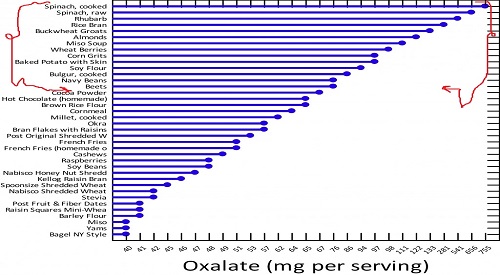
This piece would not be complete if I did not mention high oxalate vegetables you need to limit from your recipes and intake, as much as possible, if you are battling oxalic acid sensitivity symptoms:
- Spinach cooked ~ contains 755 mg oxalate per serving
- Spinach raw ~ 656 mg “
- Beets ~ 76mg ”
- Potato (both French fries and chips) ~ 90mg “
- Rhubarb ~ 541mg “
Other vegetables not in the above two lists are considered either moderate oxalate or their content of the chemicals are not clear enough for documentation. Well, over to you now, what low oxalate vegetables do you prefer the most, let’s hear your comment below!
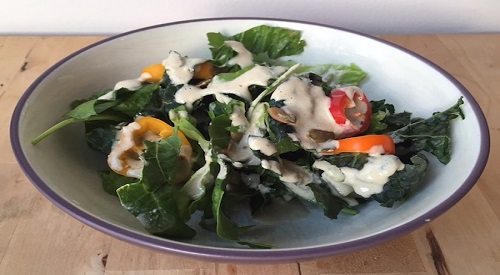
I thought broccoli was high in oxalate. What’s the true facts on this?
Hi Shirley. Yes. Brocolli is moderately high in oxalate levels… Note: a review article by The University of Chicago indicates that green pepper and broccoli are moderately high in oxalate levels and that you should watch the portion size.
Hello, does the same oxalate value hold true if the source vegetable is converted to juice. If I were to create beet juice from a raw beet, is the oxalate value for the juice just as high as the raw source?
Thank you. -Dan